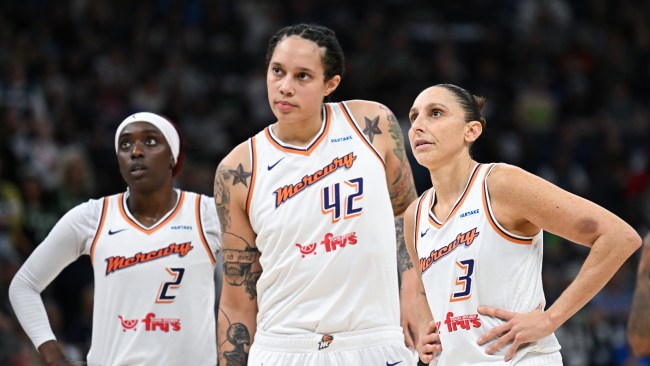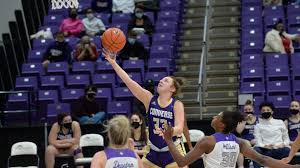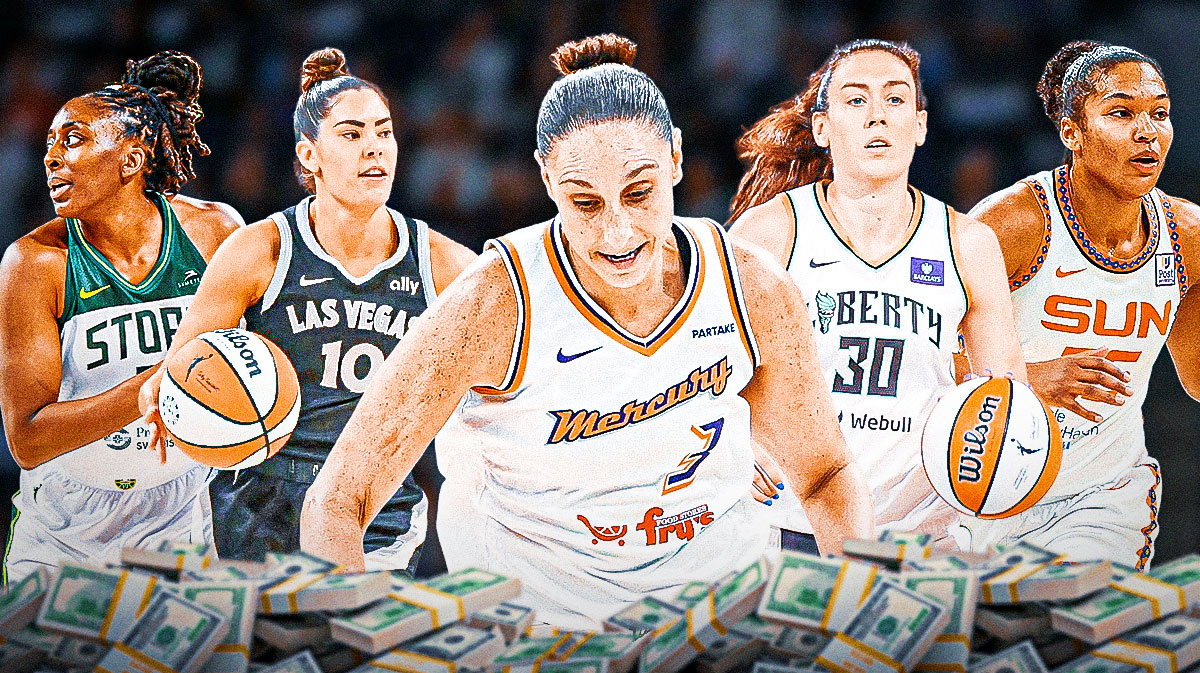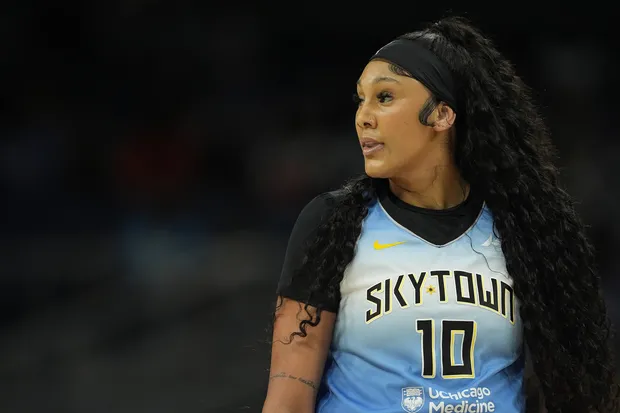Brittney Griner’s comments at the Unrivaled press conference reflect growing dissatisfaction among WNBA players regarding the league’s treatment and compensation of its athletes. This discontent is not new, as players have been vocal about wanting better pay, improved working conditions, and a more equitable share of the league’s revenues for some time.
Griner’s assertion that Unrivaled demonstrates how quickly resources can be mobilized highlights the contrast between the emerging league’s approach and what many perceive as stagnation within the WNBA. By emphasizing that “being happy with what we already have” is unacceptable, Griner and her peers are signaling a demand for significant changes in the upcoming collective bargaining agreement (CBA) negotiations.
Nneka Ogwumike’s statement as the players association president further underscores the players’ determination to secure a CBA that reflects their contributions to the league. The emphasis on “transformational change” indicates that the players are not merely seeking incremental improvements but a fundamental shift in how the WNBA operates and compensates its athletes.
However, the financial challenges facing the WNBA cannot be overlooked. The league’s lack of profitability, with a reported $40 million loss last season, complicates negotiations. The financial dependency on the NBA and its team owners, who own a majority stake in the WNBA, adds another layer of complexity. The players’ demands for better pay and working conditions must be balanced against the financial realities of the league’s operations.
The emergence of Unrivaled may serve as a catalyst for change, pushing the WNBA to address these issues more urgently. The new league’s success could put additional pressure on the WNBA to innovate and improve its financial model to retain its top talent and ensure the league’s sustainability.
In summary, the players’ push for a more equitable CBA is a pivotal moment for the WNBA, but achieving these goals will require navigating the league’s financial constraints and convincing stakeholders that investing in the players’ demands will ultimately benefit the league’s growth and profitability.



